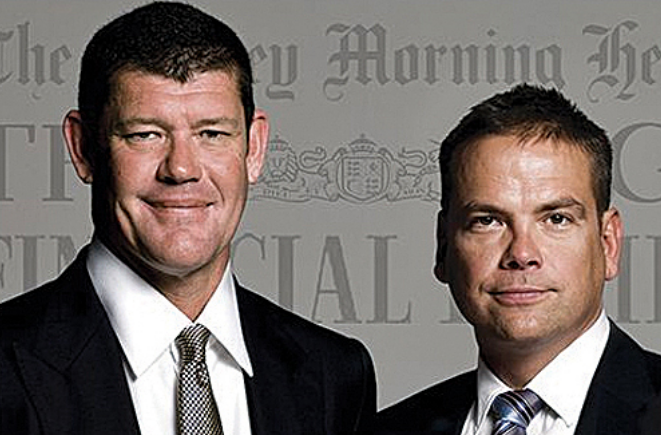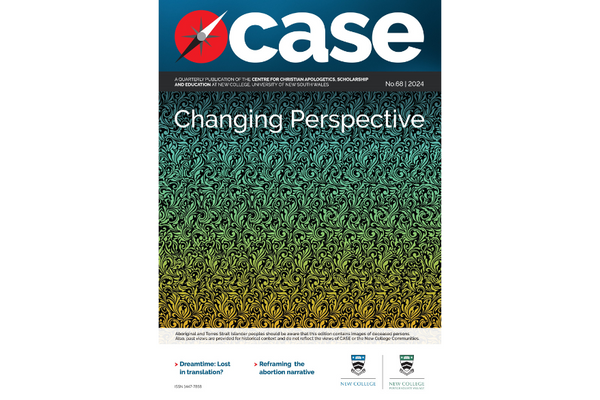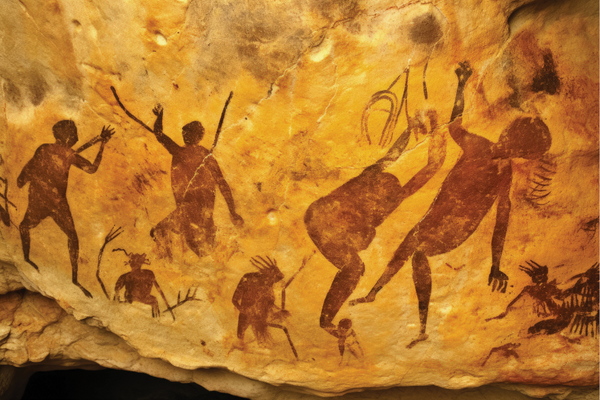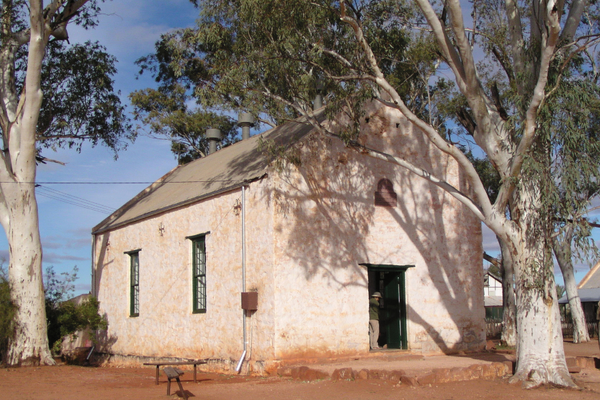Book Review: Killing Fairfax

From ‘Terror war on US’ to ‘Quake sends killer waves into Japan’, The Sydney Morning Herald has announced the major international news stories of my lifetime. Its publisher, Fairfax Media, is one of the most instantly recognizable names in the Australian media landscape. Those who fancy themselves as consumers of quality journalism proudly announce themselves as ‘Fairfax readers’. As the publisher of influential newspapers such as the Sydney Morning Herald, The Age and The Australian Financial Review, Fairfax holds an enviable position as a purveyor of influence in the Australian political and business community. For those avid readers of the Herald, Age and AFR, any threat to the viability of Fairfax is almost unimaginable, a media apocalypse that would see the end of responsible journalism. Against such a backdrop, any book entitled Killing Fairfax is bound to grab one’s attention.
Killing Fairfax: Murdoch, Packer and the Ultimate Revenge is Pamela Williams’ comprehensive account of the evolving media scene in Australia over the last decade, and in particular the inability of Fairfax Media to adapt to changing consumer behaviour and business conditions. Williams is no stranger to the travails of Fairfax, being the editor-at-large of The Australian Financial Review, a member of the Fairfax stable. Even so, her account is not reliant on her own personal experience of Fairfax’s fortunes (indeed the AFR is the most stellar performer in the stable). Rather, it is formulated from what must have been hours of meticulous interviews with the key players in the media and internet industry. Anecdotes are included in vivid detail, making the reminiscences come alive with colour and clarity. Examples include the extraordinary account of a media mogul with a fellow businessman in an effective headlock as the Queen approaches, and of tech savvy internet start-up entrepreneurs typing their own copy into their websites. A small number of personal letters and emails add authenticity to a story that in places has such high drama it could easily be a work of fiction.
The story begins by taking the reader into a private lunch with James Packer and Lachlan Murdoch on 16 August 2012, at the acclaimed Rockpool restaurant in downtown Sydney. Williams gives the reader a précis of the Australian media industry as it lay on that day, with Fairfax languishing below a string of businesses which only ten years earlier were worth nowhere near the market capitalisation of Fairfax. As Williams writes:
‘Fairfax just didn’t see any of this coming. They thought it was all beneath them. They thought we were idiots. You know, I think we killed Fairfax,’ James Packer said.
The two men looked at each other for a moment.
‘I think so,’ said Lachlan Murdoch. One lifted his glass in a toast. And then the other. (p11)
Thereafter the narrative turns to a discussion of how Fairfax came to be in such dire circumstances, moving variously through the rise of SEEK, realestate.com.au, and carsales.com.au, each of which succeeded at the expense of Fairfax’s seemingly impregnable classified advertising business. Much more than just being out-manoeuvred by these small, dynamic internet start-ups, the Fairfax management consistently missed opportunities to invest in, or acquire, these companies. The missed opportunities became starker as the years wore on, with the market capitalisation of the start-ups approaching and ultimately eclipsing that of Fairfax.
Williams then turns her attention to missed opportunities in other arenas, notably in pay TV, and to the significant and specific challenges presented by the Global Financial Crisis. The issues faced by Fairfax during the GFC were by no means unique to that organisation, but were nevertheless a significant contributor to the predicament in which the company found itself by the time Packer and Murdoch were lunching at Rockpool.
Throughout the book, Fairfax’s seemingly unshakeable trust in the ‘old media’ is contrasted with the vision of other businessmen, and in particular James Packer, to see the threat which new media posed to the status quo. Williams returns time and time again to the declining Fairfax share price, and innumerable comparisons are made with smaller, more dynamic and less cost intensive competitors. Fairfax’s decline is a direct result of failure to anticipate changing conditions and to adapt to those new conditions. There are salutary lessons here for any organisation—we live in a constantly changing world, where it is essential to understand what aspects of our enterprise are essential and what are not, what threats exist to our being and how we might counter them. Those questions are valid for any institution, and indeed for Christian churches. Ensuring that we adapt to a changing world does not mean we need to discard long held doctrines. It does, however, mean we need to anticipate the challenges that might come and be prepared to counter those challenges. Clinging on to traditional approaches is obviously easier for any organisation, but it won’t halt the slide into irrelevance in a world that is increasingly on-line. Businesses and churches alike need to be attuned to societal change, and to respond in a way that is both authentic to their mission and responsive to changing circumstances. Failure to do so is potentially calamitous.
I was particularly surprised by the roles of revenge and ego as motivators in the business world. For those with little experience in either business or media it is easy to believe that the definitive motivator in business would be the bottom line, resulting in a relentlessly rational approach toward the maximisation of profit. Not so. Killing Fairfax surprises by revealing the extent to which emotion shaped business decisions, at least in the pre- GFC world. Rather than being rational, the players were more often partrational, part emotive, part-intuitive in their approach to any particular business decision. In almost every decision in the book, the human and relational aspects of the situation took on a significant, if not pre-eminent role. The language is at times visceral, resembling more the language of military conflict than of commerce.
The way that decisions are made in the business world more closely resembles the way we make decisions in Christian circles than we might care to acknowledge. Certainly there is a view to making money in business that does not (and ought not) exist in Christian churches, where the main ‘business’ is proclaiming the great news of Jesus. However, overlaid on that is a tapestry of personality, emotion, territorialism and ego, which impacts decision making in churches and business alike. Understanding the extent to which these factors influence decision making is essential to the good governance of any organisation, be it a business, church or community group. Moreover, failure to recognize such influences can lead to decisions that lack a suitably robust foundation.
Killing Fairfax is more than a book about the media. Indeed, an interest in media alone is unlikely to sustain the reader through detailed discussions of share price, IPOs, mergers, private equity and takeovers. This is a book as much about business savvy as it is about the media industry. While you don’t need a commerce degree to understand the business content, if you are someone who prefers to turn off the finance segment of the nightly news and skip the business pages of the paper, this probably isn’t for you. Some basic literacy about the Australian media industry is also important. Names like Packer, Murdoch, and Stokes enter and exit throughout the book, and companies such as PBL, ConsMedia, Seven West Media, Rural Press and News Corp are recurrent players. If you struggle to recall which mogul goes with which company you might end in a mighty tangle. An interest and small amount of assumed knowledge in both media and business will be required to sustain the reader though Killing Fairfax’s 317 pages. That said, if this is your cup of tea, you will find this a most insightful critique of the management of one of Australia’s great companies, and a salutary lesson in the dangers of standing still in a dynamic world. ©
Leave a comment
Comments will be approved before showing up.



